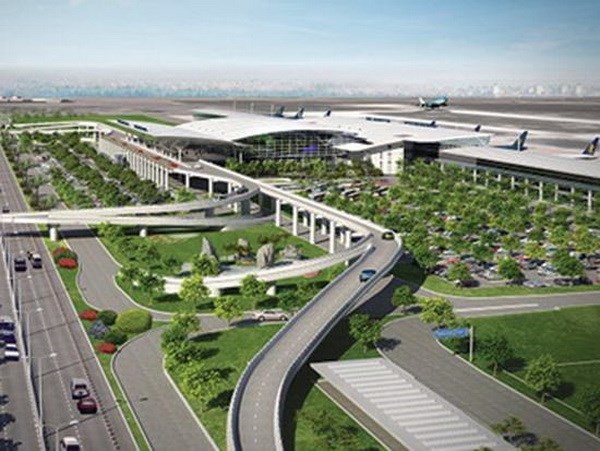 Society
Society


|
| Long Thành international airport. — VNA/VNS File Photo |
ĐỒNG NAI — Leaders of Đồng Nai have criticised the provincial project management board for delays to resettlement zones for people who have to relocate for the construction of the much-anticipated Long Thành International Airport in the southern province.
This in turn has caused lengthy delays in land acquisition for the project.
The management board failed to demonstrate efforts to prepare the necessary legal documents for the start of technical and social infrastructure development at the Lộc An-Bình Sơn and Bình Sơn resettlement zones, said Vice Chairman of the provincial People’s Committee Trần Văn Vĩnh.
These components lagged behind schedule, he said.
Vĩnh urged the board to fast-track legal procedures for work on these resettlement zones to start this April.
He also asked the board to prioritise demarcation and infrastructure development for 500 resettlement land lots so families living in the area designated for the project’s first phase can be relocated quickly.
It must also begin work on other components for the resettlement zones, such as schools, medical centres and markets to better serve the lives of people once they move into their new homes, the vice chairman added.
The 5,580-hectare Long Thành International Airport will cover six communes in Đồng Nai’s Long Thành District. To clear the site for the project, Đồng Nai will have to acquire land from 18 organisations and nearly 5,300 local households.
Once fully operational, the airport is expected to reduce the pressure on the increasingly overloaded Tân Sơn Nhất International Airport in HCM City. The airport’s total investment is VNĐ336.63 trillion (US$14.45 billion), with construction divided into three phases.
In the first phase, a runway and one passenger terminal along with other support works will be built to serve 25 million passengers and 1.2 million tonnes of cargo each year. This phase, covering an area of 1,810 hectares, is expected to be completed by 2025.
In the second, another runway and another passenger terminal will be built to serve around 50 million passengers and 1.5 million tonnes of cargo a year.
After the third, the airport will be able to serve 100 million passengers and 5 million tonnes of cargo a year. — VNS




